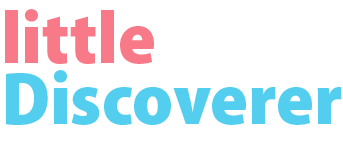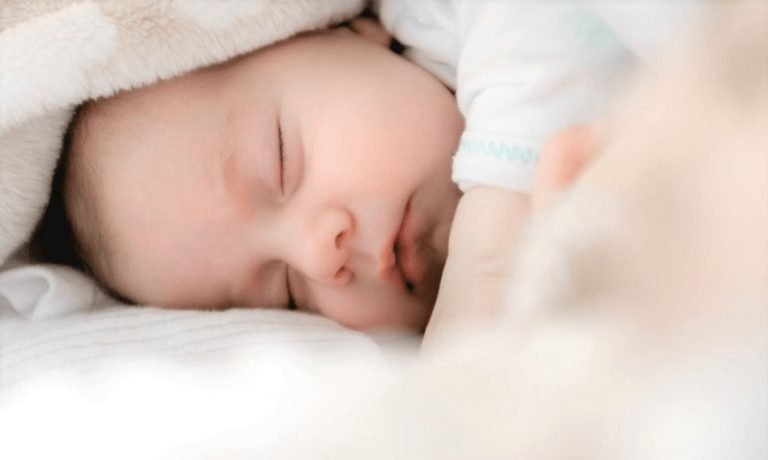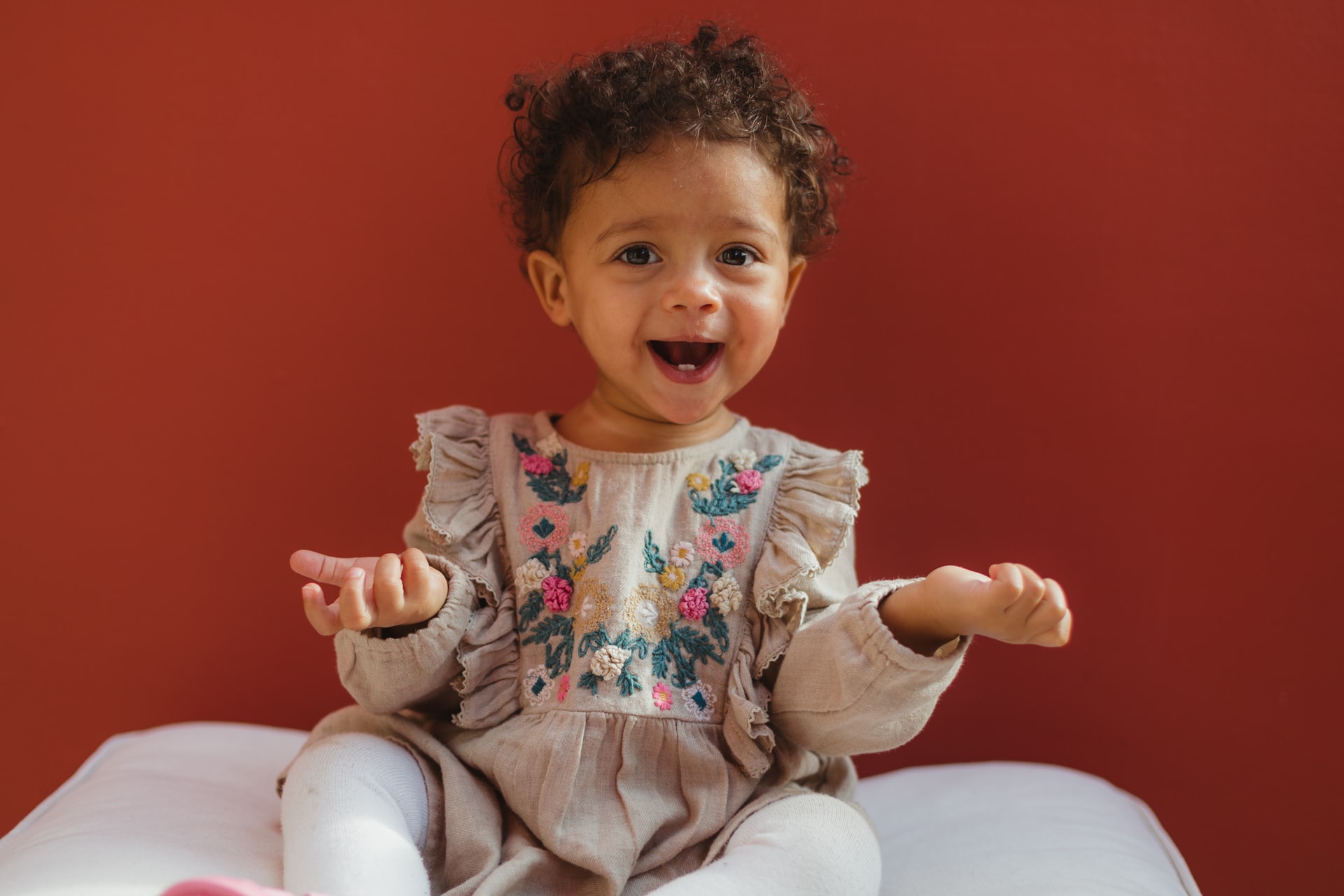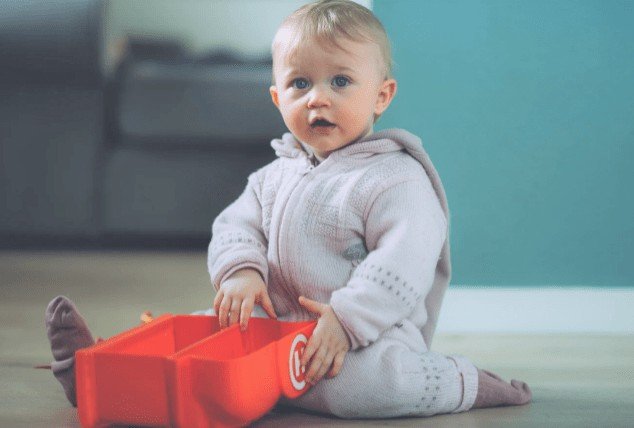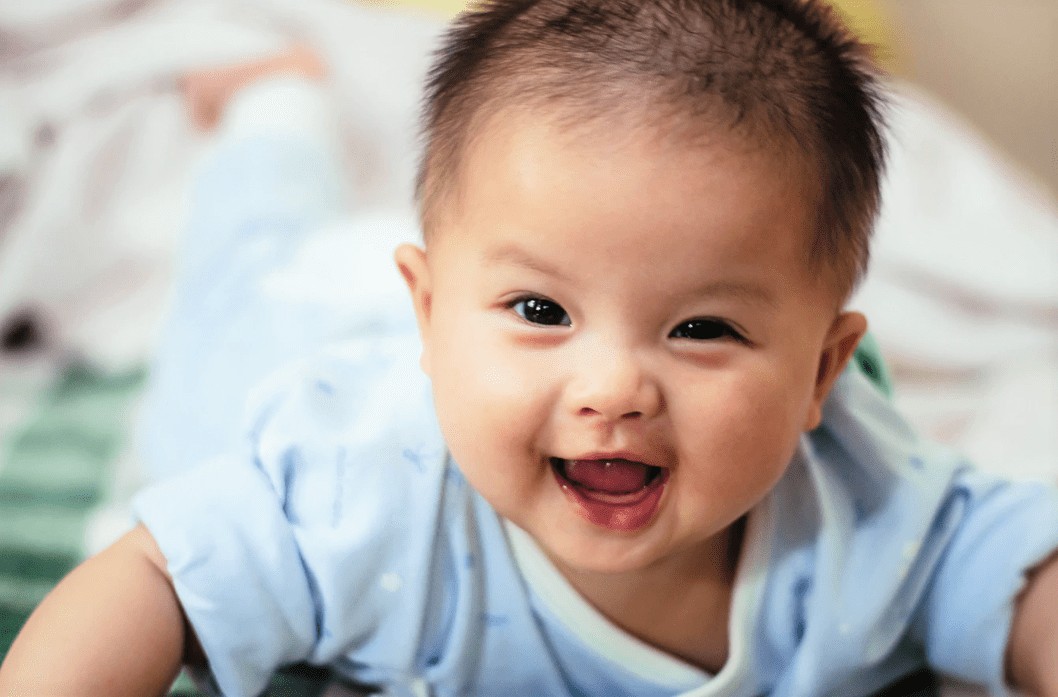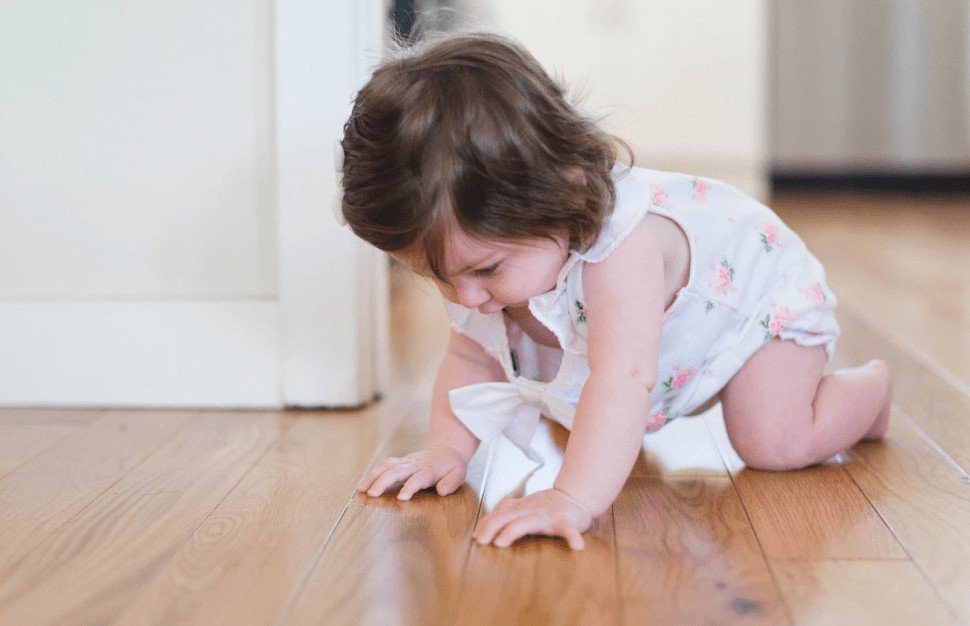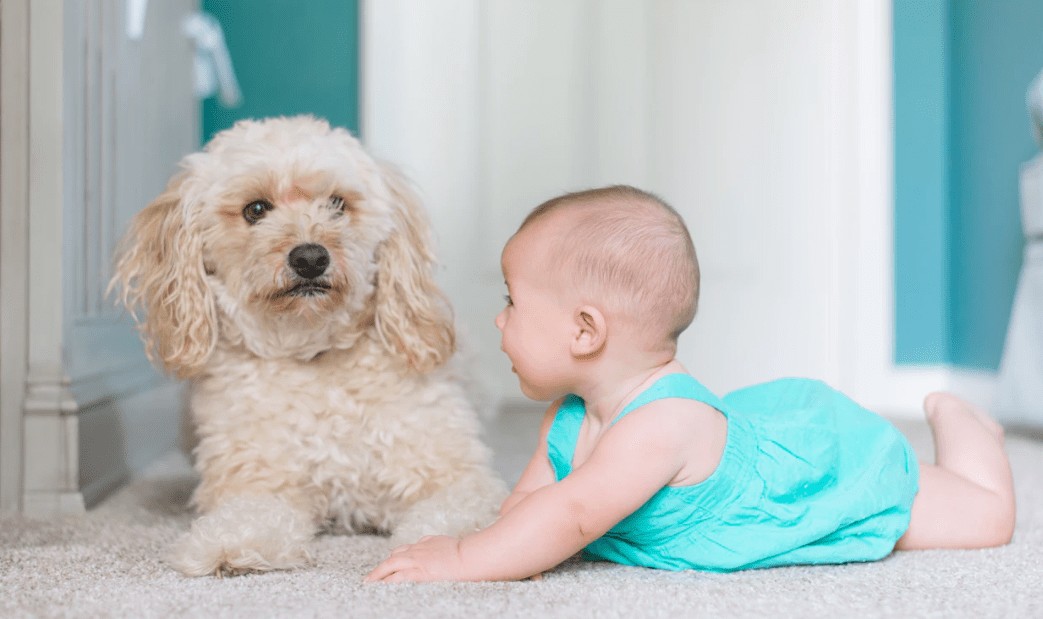Compared to the sleeping cub she was last month, now that your baby has turned 2 months old, she has become more alert and interactive. It’s going to be an exciting time for you as parents! As a proactive parent, understanding the developmental milestones of your 2-month-old baby is the first important step towards building an encouraging environment for her growth. Although she is only two months old, your little tot has been taking in a tremendous amount of information and secretively learning the whole time.
Doing things that help stimulate your little tot at this time of her early childhood is critical to her intellectual development. Recent research proves that an infant’s environment has a dramatic effect on brain-building and healthy development. But what type of stimulation is appropriate at this stage? It all depends on the physical and social-emotional growth of a two-month-old.
Developmental Milestones
Motor Skills
- Briefly holds their head up: At 2 months, your baby’s neck and shoulder muscles have gotten stronger thanks to all the tummy time she has been practicing. Well done! When you pick your baby up and hold her upright, you will still see some head lag, but this should go away in another month or so. Keep up with the tummy time!
- Stronger sucking needs: Your baby has learned to suck her thumb even when she was in your womb. This skill starts to develop during the 32nd week of pregnancy. However, your newborn baby’s sucking behavior is mostly due to an involuntary reflex. For your 2-month-old, the behavior is a result of a conscious effort. You can satisfy her urge by providing a pacifier. Learning to use pacifiers is also a good way for your baby to practice self-soothing.
- Swings at toys: If your baby starts to use an activity gym with hanging toys, you may notice that she occasionally swipes at the toys. Although it is not intentional it’s still important for your baby’s overall vision and motor skills development to encourage her to move her arms.
Sensory Development
- Visual acuity is 20/150: It will take at least another four months before your baby’s clarity of vision reaches 20/20. Your 2-month-old is able to focus on certain objects such as faces and geometric patterns more than others. She especially loves to see your face. She may start to track moving objects with her eyes and develop a sense of depth. The best tools for visual stimulation are high-contrast objects and geometry patterns.
- Turns head toward sounds: According to the Centers for Disease Control and Prevention (CDC), by the second month, a baby will turn their head toward sounds. A fun way to help them practice this skill is to talk on the left side of your baby’s face and then alternate to the right side.
Language Skills
- Differentiated cry: If you are lost trying to guess the meaning of your baby’s cry, here is some good news, at 2 months, your little one has learned to cry differently for different needs. If you hear a fussy whiny cry, it is a signal that your baby might be overstimulated, tired, or feeling mild discomfort such as gassiness. She’s had enough of playtime, it is time to wind down.
- Coos and says “ah” and “ooh”: In the second month, your little one discovers her own voice. You will start hearing her cooing or saying “ah-ah” and “ooh-ooh”. Sometimes when you look into her eyes and talk to her, she responds to you with cute cooing. It almost feels like a real conversation! Even though she doesn’t understand what you’re saying, the greatest way to stimulate your baby’s language skills is to talk to her. In addition, playing songs and music, as well as sounds from toys, can enrich her vocabulary, too.
Social-Emotional and Cognitive Skills
- Cries or fusses when bored: Just like how she cries differently for different needs, your little one will start to show different emotions. When she gets bored or needs your attention, she will cry or fuss with a short and quick rhythm. This is the start of their ever-growing appetite for attention and entertainment. Be ready to offer a variety of activities.
- Calms down when listening to soothing sounds: With developed sensory skills, your 2-month-old is more alert and aware of her surroundings. The good news is that she is more responsive to different soothing techniques. It is easier for her to quiet down when listening to relaxing music. That is why many parents choose crib mobiles that can play nature sounds such as ocean waves or raindrops.
- Expresses interest in new things: We all know that babies are intrigued by all sorts of things, at 2 months it is only the start of their curiosity. Your baby now displays an interest in new things, especially human faces. She may stare at a family photo when you hold her or stare at the shadow on the wall. Try to offer a new toy, a picture, or any household item for her to look at, especially things that have high-contrasting colors.

Activities with Your 2-Month-Old Baby
1. More Holding and Hugging
At this stage, your little one needs a lot of physical contacts. Your hugs and touch are still the best way to satisfy her need for love and affection. Don’t worry about spoiling her! She is not capable of manipulating or controlling you… yet. Keep in mind, touch is a critical way to stimulate her senses and reassure her of love. She will also love it if you can give her a soothing massage.
2. Add Some Entertainment
There are many fun ways to interact with your baby in addition to holding and rocking her. She will be interested in the different things that you show her, as well as the interesting new sounds you make. Don’t forget, your little kiddo also likes to feel different textures. Watch as she responds to the funny faces and noises that you make with coos and smiles. What is more satisfying than seeing a smile on your little one’s face?
Fun Activities To Explore:
- Encourage tummy time to develop a strong neck and shoulder.
- Wiggle or shake toys such as a rattle to stimulate her vision and encourage her to reach for it.
- Show her the surroundings by introducing her to different objects in the house.
- Play various types of music to stimulate her hearing and cognitive development. It can be soothing sounds, baby music, or classical music.
- Let her explore different textures and safe temperatures to stimulate her tactical development.
- Take her out to the parks, malls, or grocery stores. This provides exciting and enriching experiences and sensations.
- Let her work her arms and legs safely by placing her on an activity gym or a baby bouncer.
3. Talk, Read, and Sing to Her
Although your little one is not able to talk back to you, verbal communication from you is vital to the development of her language skills. The words you say, the sounds you make, and the songs you sing, all become an integral part of her vocabulary. Occasionally, your little one may start crying mid-sleep, you can gently talk to her or sing to her through the baby monitor. Your voice is the most reassuring sound in the world to her.
Fun Ways To Communicate With Her:
- Read a book to her before bedtime. In addition to stimulating her language skills, reading can help her get in the mood for a good night’s sleep.
- Sing a song to her to express your love. A children’s song, lullaby, your favorite piece of music, or something totally made up by you, your little one loves to hear you sing.
- If you get tired of singing or run out of ideas, you can find many baby songs on YouTube.
Sources
When will my baby smile: https://pathways.org/when-will-my-baby-smile/
Newborn Reflexes: https://www.stanfordchildrens.org/en/topic/default?id=newborn-reflexes-90-P02630
Building baby’s intelligence: https://cchp.ucsf.edu/sites/g/files/tkssra181/f/buildbabyinten081803_adr.pdf
Measurement of infant visual acuity from pattern reversal evoked potentials: https://www.sciencedirect.com/science/article/abs/pii/0042698978900743?via%3Dihub
Last: 1-Month-Old Milestones and Activities
Next: 3-Month-Old Milestones and Activities

Dr. Leah Alexander, MD, FAAP began practicing pediatrics at Elizabeth Pediatric Group of New Jersey in 2000. She has been an independently contracted pediatrician with Medical Doctors Associates at Pediatricare Associates of New Jersey since 2005.
